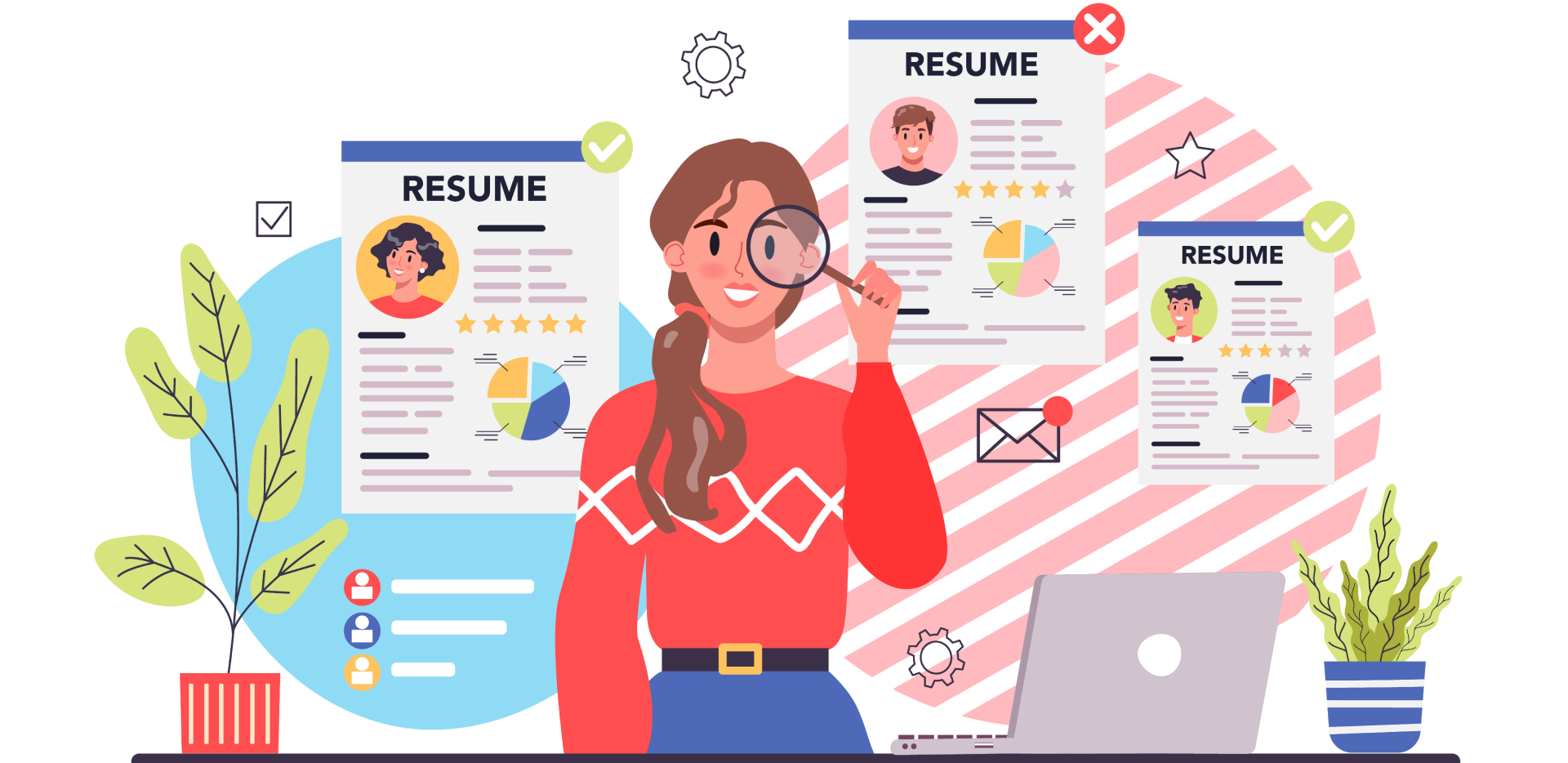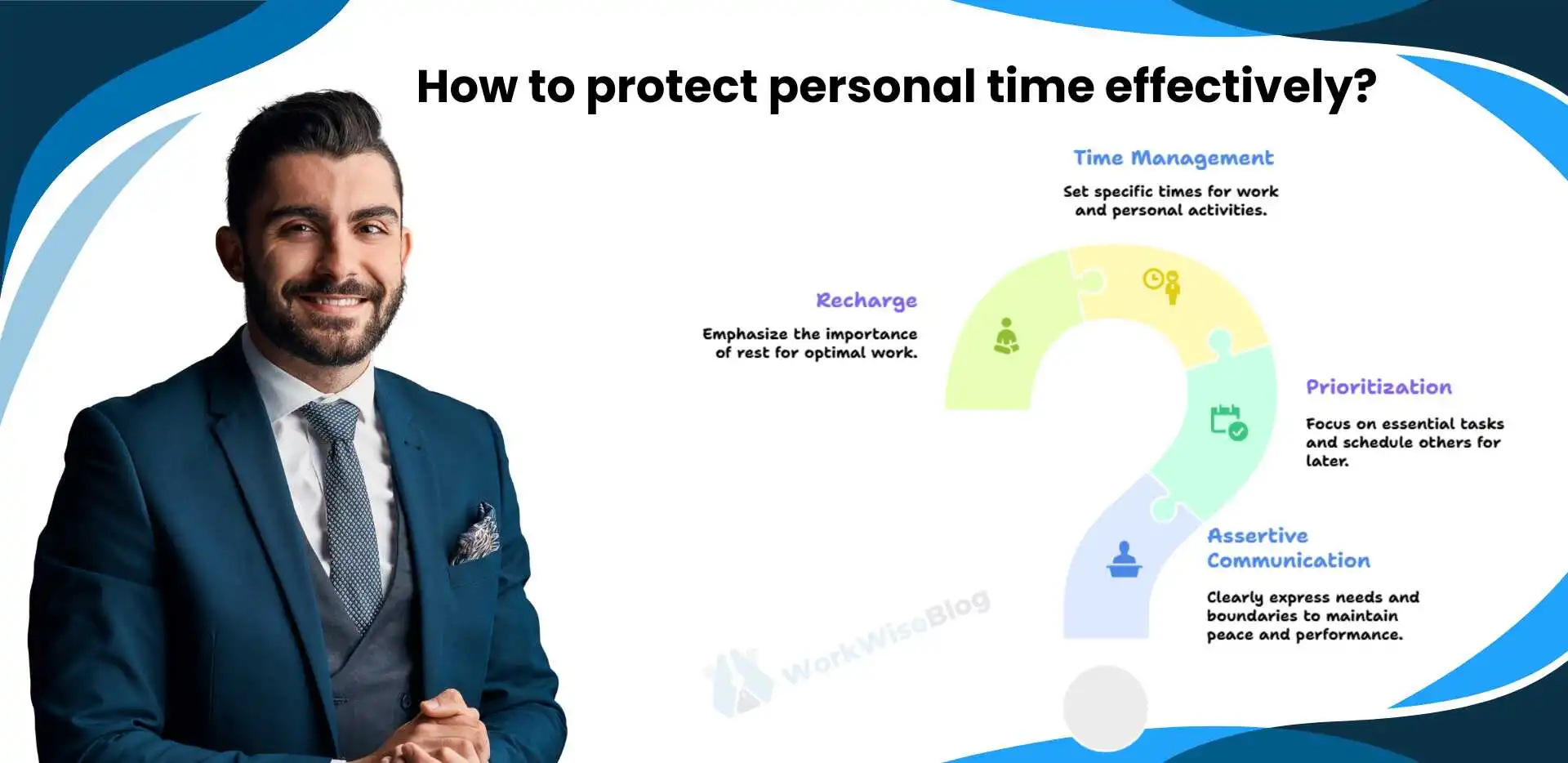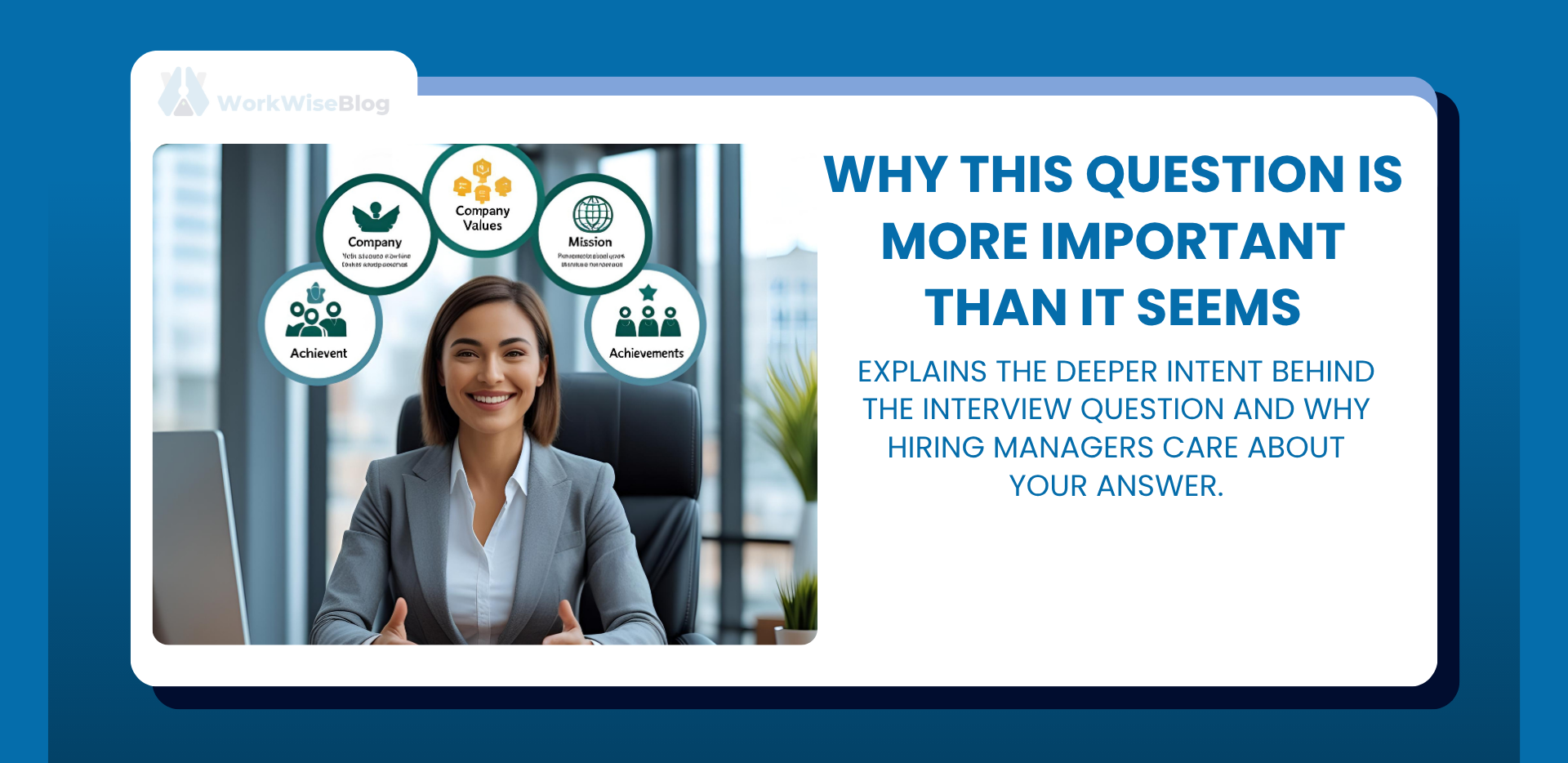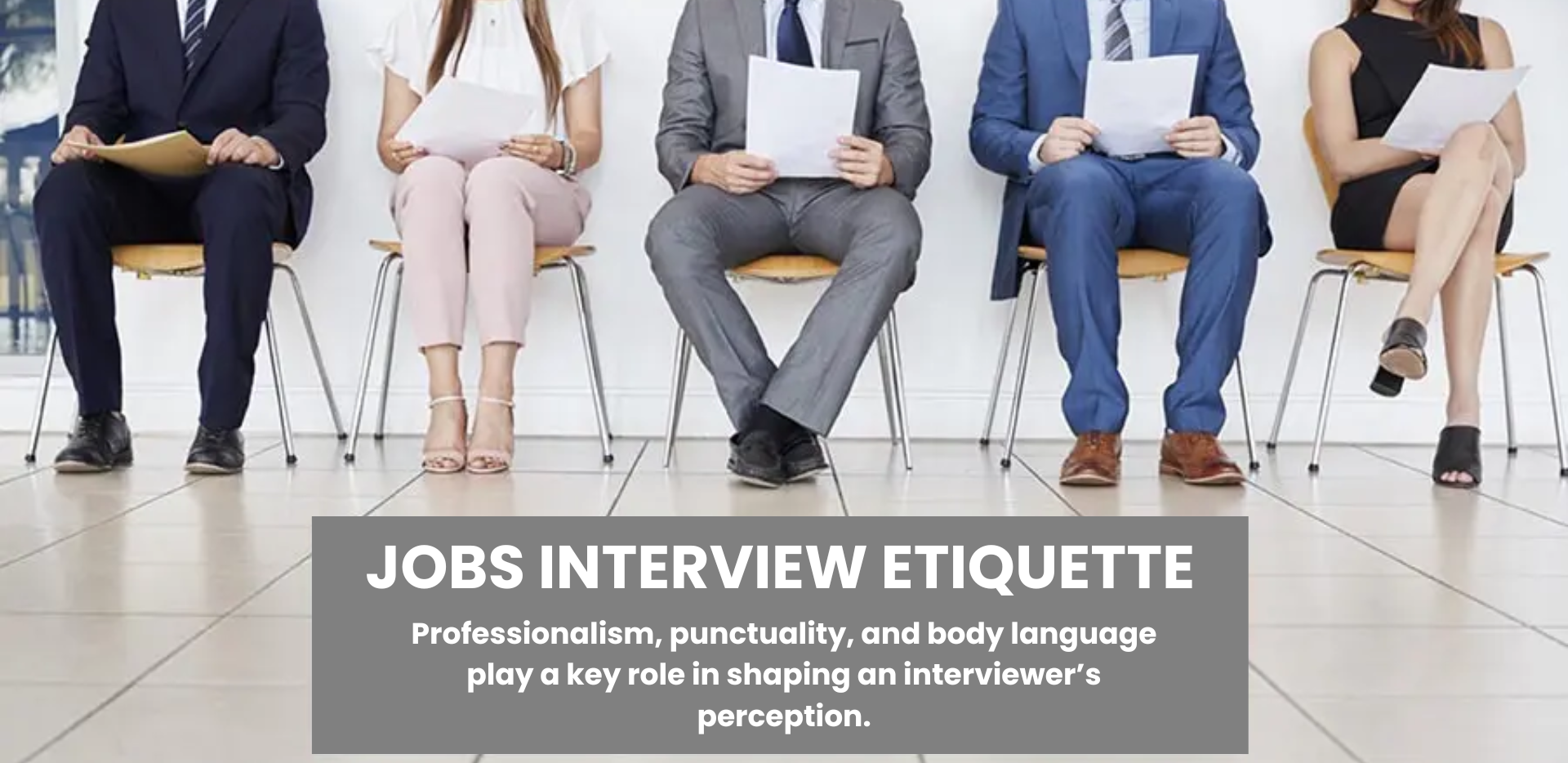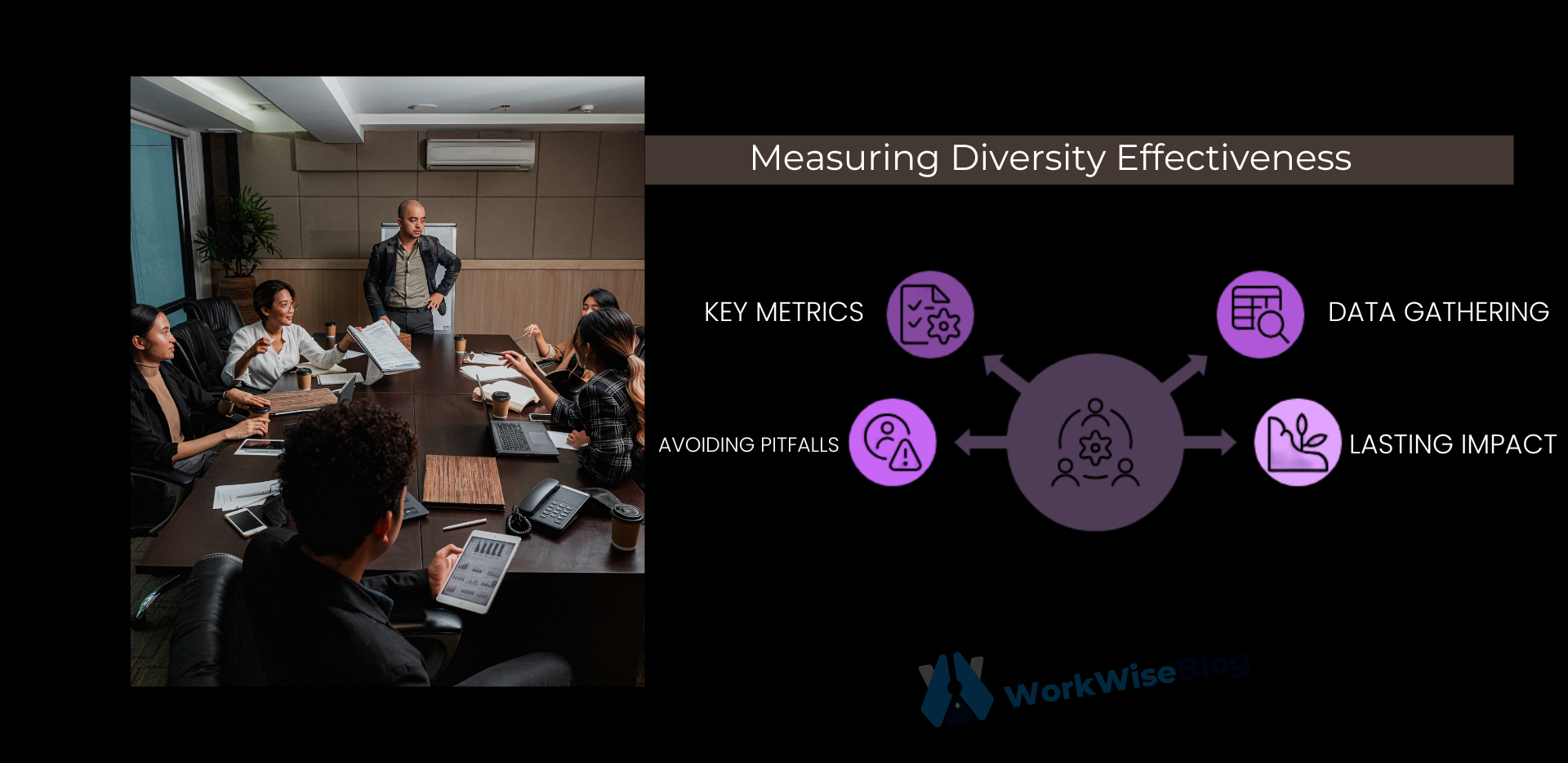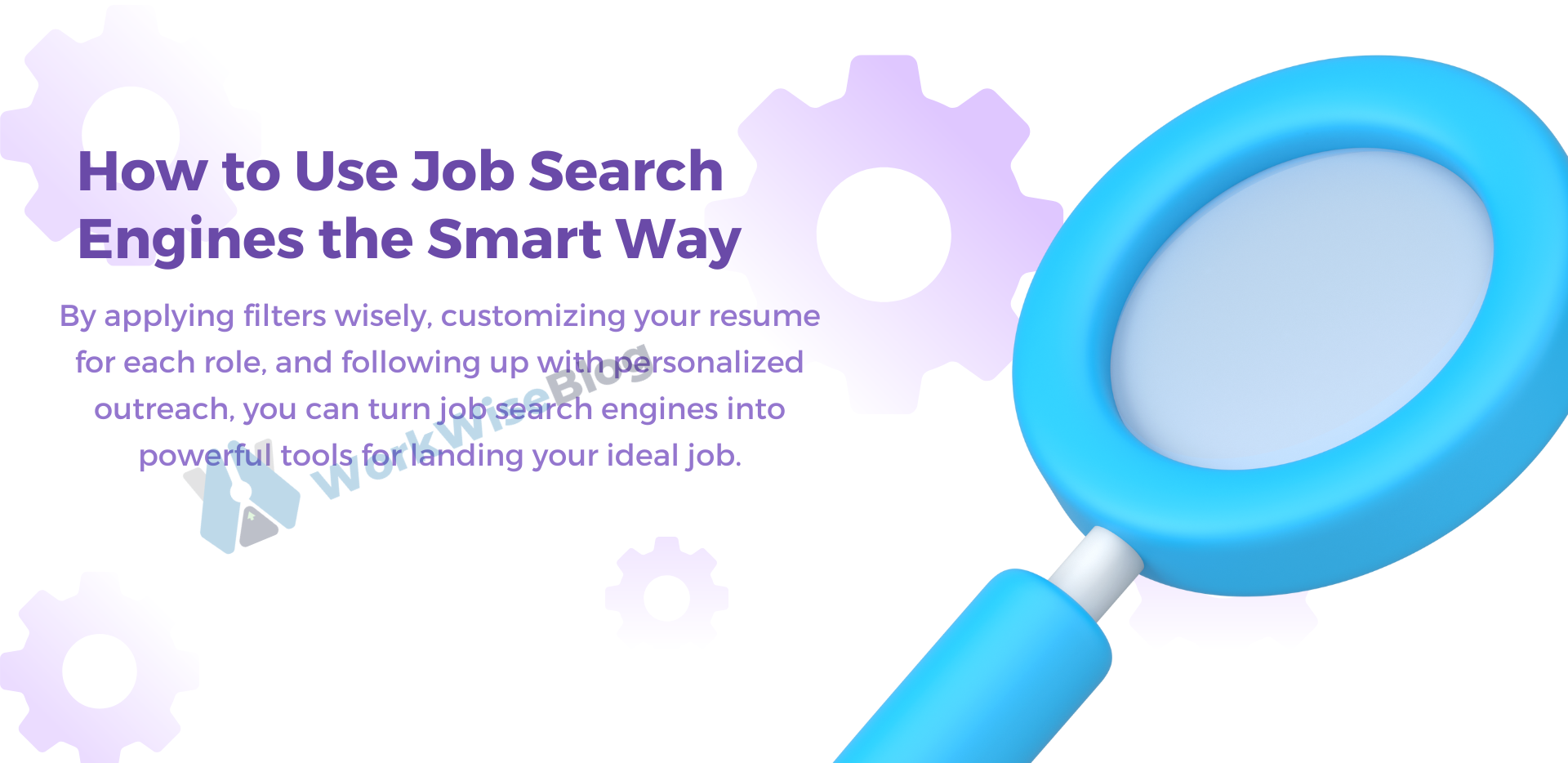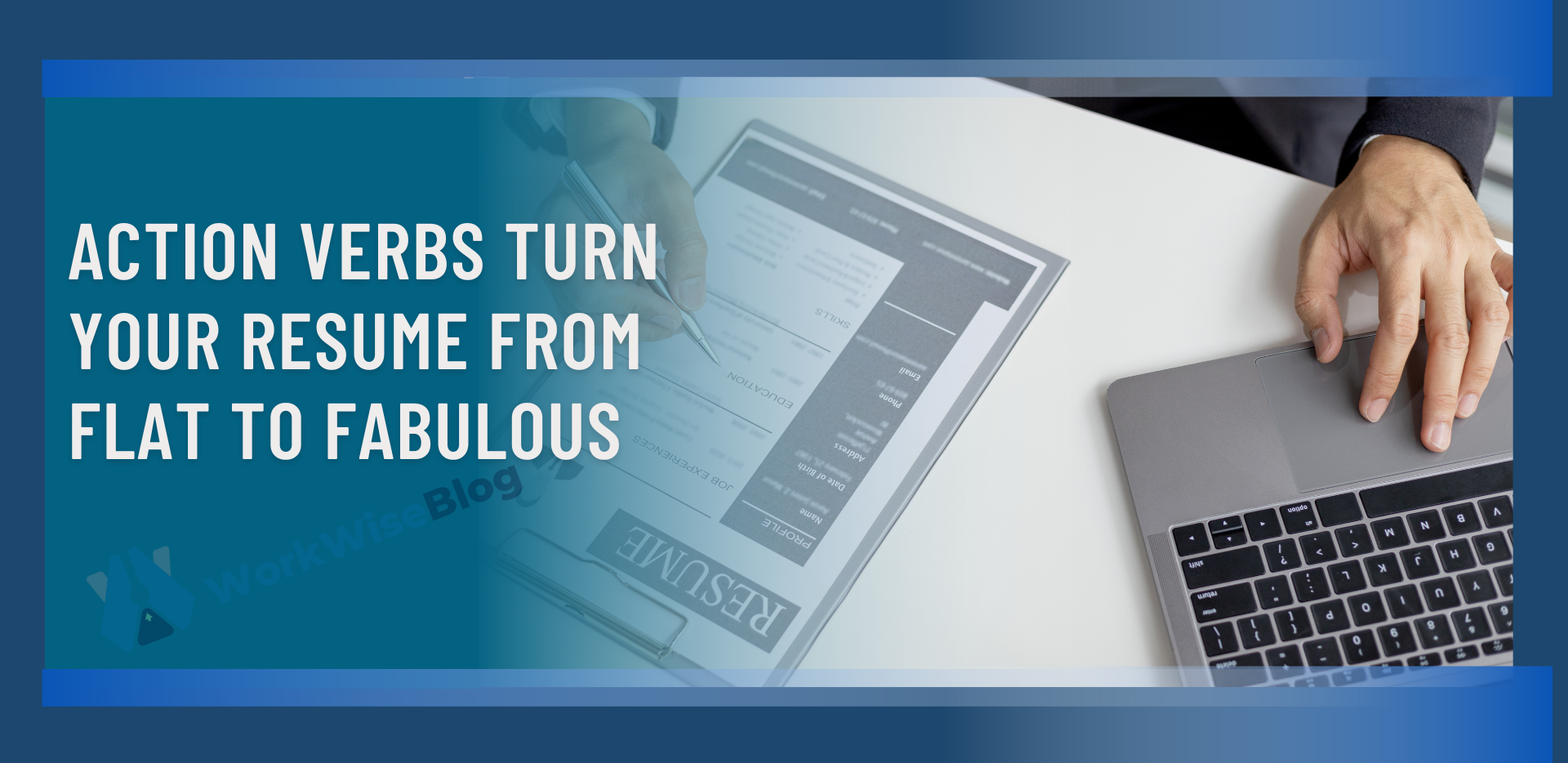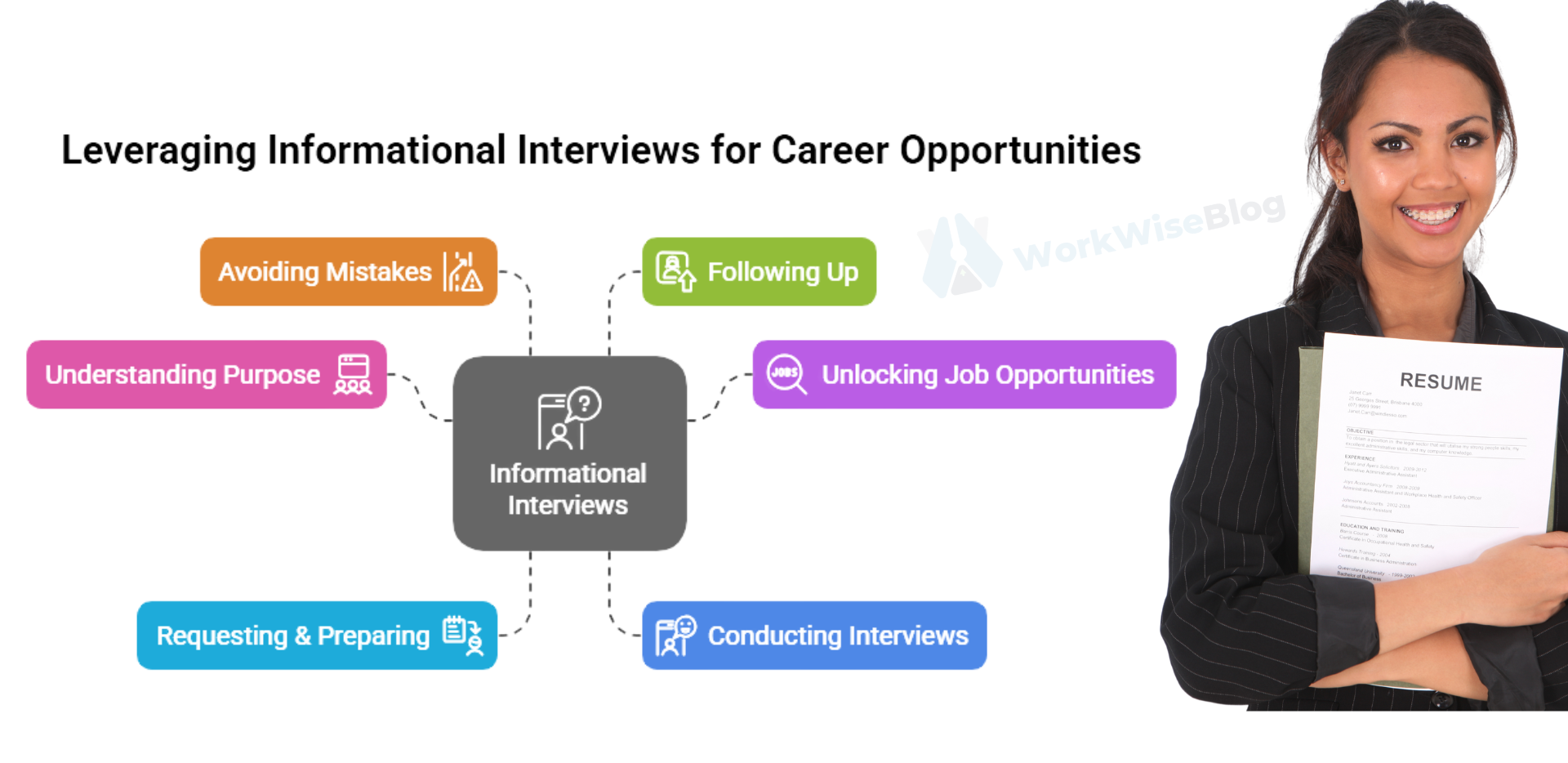
Why a Standout Resume Matters
The standout resume turns out to be a self-advertisement targeting the potential employers on their skills and experiences. A good resume can:
- Lead – in creating a first impression: The first impression is very crucial, especially in job applications.
- Emphasize – or stress out the competitive advantages: Such skills can be successfully presented which meet the job.
- Bust – more chances in Inter-View: Contributes to the selection of the candidates who are most suitable for the other research stages of the process.

Key Elements of a Standout Resume
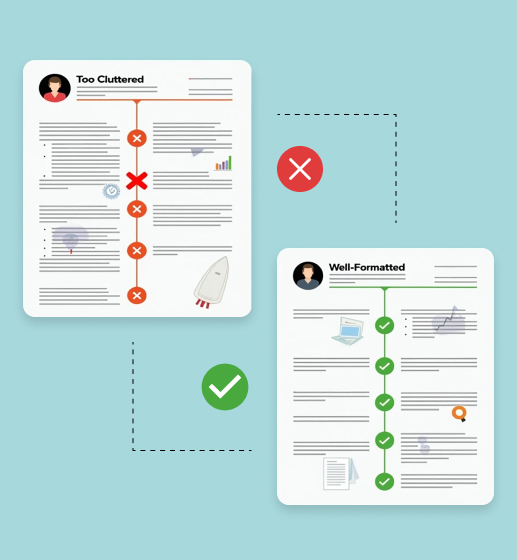
1. Tailor Your Resume to Each Job
Recruiters can spot a generic resume a mile away. To stand out:
- Customize your content: Highlight skills and experiences relevant to the specific job description.
- Use keywords: Match terminology from the job posting to ensure compatibility with Applicant Tracking Systems (ATS).
For example, if a job posting emphasizes “team collaboration” and “project management“ make sure those terms appear prominently in your resume.

2. Craft a Powerful Summary Statement
The summary statement is your elevator pitch. In 2-3 sentences, it should encapsulate your skills, experiences, and career goals.
Example:
Your intro should look like “Results-driven marketing professional with 5+ years of experience in social media management and content strategy. Proven track record of increasing brand engagement by 35%. Looking to leverage expertise in a dynamic organization.“
How to Structure Your Resume
1. Contact Information
Include:
- Full name
- Phone number
- Professional email address
- LinkedIn profile or portfolio link
Tip: Avoid unprofessional email addresses like cooldude123@gmail.com.
2. Professional Summary
A professional summary is your elevator pitch of 2-3 sentences that highlight your key strengths and align them with the job. Make it concise, impactful, and tailored.
Example for Marketing:
“Creative marketer with 5+ years of experience boosting engagement by 40%. Skilled in social media strategy and excited to drive results in a dynamic team.”
3. Work Experience
The work experience section is the most important part as it presents the evolution of one’s career and demonstrates how they have made an impact through their skills and contributions.
While numerous recruiters are willing to go through a long list of job responsibilities, some are but few who go over such tasks and are more interested in seeing if you have any achievements worth mentioning.
Key Tips for Passing the ATS and Writing a Strong Work Experience Section:
- Chronology: Start with the most recent job and go back from there. It will give recruiters insights into the candidate’s most recent and quote-relevant experiences.
- Achievements Over Tasks: Look at what you did, rather than simply what your job title took care of.
- Always Quantify Your Success: Using specific numbers and sights of success is a great way to ensure the reader can clearly see your impact.
- What are action verbs: Strong verbs such as achieved, implemented, optimized, etc., start and give the reader hope and excitement.
Structure Example:
- Job title and employer
- Employment dates such as Jan 2020 – Dec 2024
- Highlight major accomplishments using bullet points.
Example of a Marketing Role:
- Role – Digital Marketing Specialist | XYZ Agency | Jan 2020 – Dec 2024
- Acheivement – Engaged social audience through targeted content campaign efforts and audience segmentation having had the majority up by 40 %.
- Responsibility – was responsible for managing a $50K ad budget with the return on investment shooting up by 25%.
- Success – A team spearheaded by me consisting of 5, successfully implemented a product launch plan that raised market share by 15 percent over the course of three months.
4. Skills Section
List hard skills (e.g., coding, graphic design) and soft skills (e.g., communication, leadership).
5. Education
List hard skills (e.g., coding, graphic design) and soft skills (e.g., communication, leadership).
Include:
- Degree(s) earned
- University name and graduation date
Optional: Mention coursework or projects relevant to the job.
6. Certifications & Awards
Showcase additional qualifications that set you apart, such as certifications in Google Analytics or awards for Outstanding Performance.
Tips to Make Your Resume Pop
1. Stress on Achievements Rather Than Responsibilities
A task can be accomplished – recruiters are interested in outcomes rather than simply completion of the job objectives. When detailing your accomplishments, make sure you follow the STAR principles: S – situation, T – task, A – action, R – result.
For instance:
“Defined and executed the product launching strategy through the cross-functional team and was able to achieve a 20 percent market share in the first quarter following the launch.”
2. Start Sentences with Commanding Verbs
Start the statements with the particular point as follows:
The targets were met, The project was started, Processes were simplified, The bar was raised, and Activities were improved.
3. Adhere to a Professional and Consistent Format
Avoid cluttered layouts with little white space. Be consistent in choosing dark text in contrast to the white background.
Fonts should be professional in nature, Arial or Times New Roman in font sizes of 10 to 12.
If one is still not experienced, he should plan to restrict his CV to between one and two pages as per the experience.
Common Mistakes to Avoid
1. Mistakes in typing and language
It is advisable to proofread your resume at least three times. Research by CareerBuilder indicates that most, specifically 58% of resumes have grammatical errors and will cost you in the job application in most instances.
Tip: Ensure you double-check your work with tools like Grammarly as they can minimize errors.
2. Padding the Resume
Identify those experiences and skills that will be advantageous in that specific post. Do not include data about yourself such as your marital status or hobbies unless there are direct implications on the position at hand.
3. Management Shake Hands
Most phrases such as “ I can be a team player” or “I am a self-starter” have become cliches and should not be relied upon since people do not have anything substantial to them.
Facts & Figures to Consider
- 75% of recruiters use ATS to filter resumes. Optimizing your resume with keywords increases the likelihood of passing through.
- Action verbs boost impact: Resumes with action-oriented language are 45% more effective in landing interviews.
- The average recruiter spends 6 seconds on initial resume scans—clarity is key.
Examples of Great Resumes
Example: For a Marketing Position
Summary:
“Creative digital marketer with 4+ years of experience in SEO and content strategy. Increased organic traffic for clients by an average of 60% through innovative campaigns.”
Skills:
- SEO Optimization
- Google Analytics
- Content Creation
Work Experience:
- Digital Marketing Specialist | ABC Agency | 2019–2022
- Boosted client website traffic by 80% through data-driven strategies.
- Managed $100K annual ad budgets with a 20% increase in ROI.
Expert Opinions on Resume Writing
- “A resume should tell a compelling story of your career while addressing the employer’s needs.” – Harvard Business Review.
- “The key to a standout resume is clarity and conciseness—less is often more.” – BetterUp.
Conclusion
Writing professionalism is the key that eventually determines how you will handle all your career tasks. You can achieve this by clearly defining the subject of a resume. Create one that demonstrates an ability to achieve spectacular feats. Because of this, we will provide the following resume recommendations to aid you regardless of whether it’s been stated in the job description or not. When preparing for your next great adventure, remember these suggestions, apply them, and see how your perception of job hunting changes!
FAQs
How do I make a resume for my first job?
The ideal resume can be described as consisting of several components, including one that reflects who you are. In other words, keep your goals firmly etched into your eyes. In terms of your education and experiences, arrange them in a reverse chronological order. It’s advisable to refrain from including any unnecessary emotive details in a cover letter or CV, and there is no harm in proofreading it a couple of times.
How can I create a professional resume?
For interviews arising from resumes that don’t have vast amounts of experience in the workforce, it’s best to work with a resume that is unsophisticated but contains believable strengths aimed at landing the interview. Include a summary, some relevant internships, other volunteer work, and strengths that match those required by the position.
How do I make my CV stand out?
First, use the correct professional layout for a CV and include a summary or objective statement. Add your address, skills, education, work history, and relevant keywords in that order of importance.

